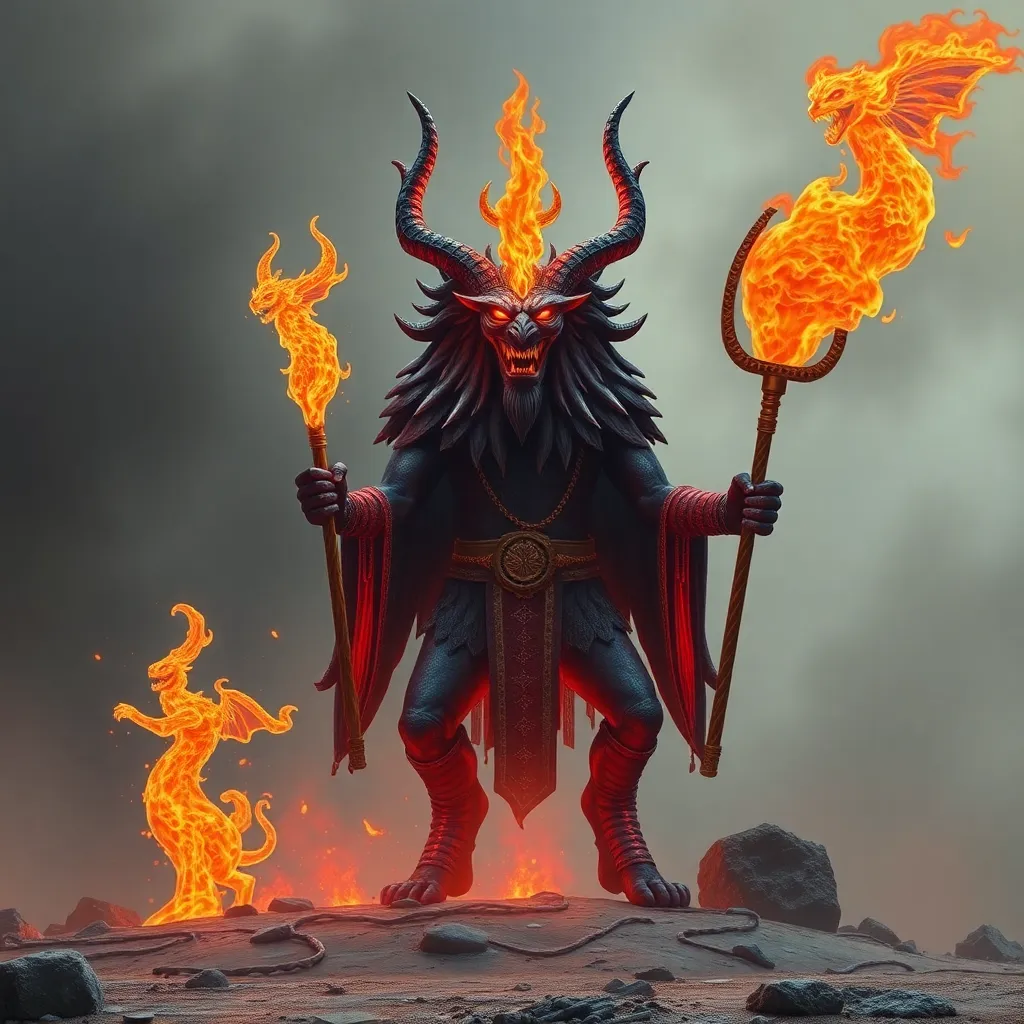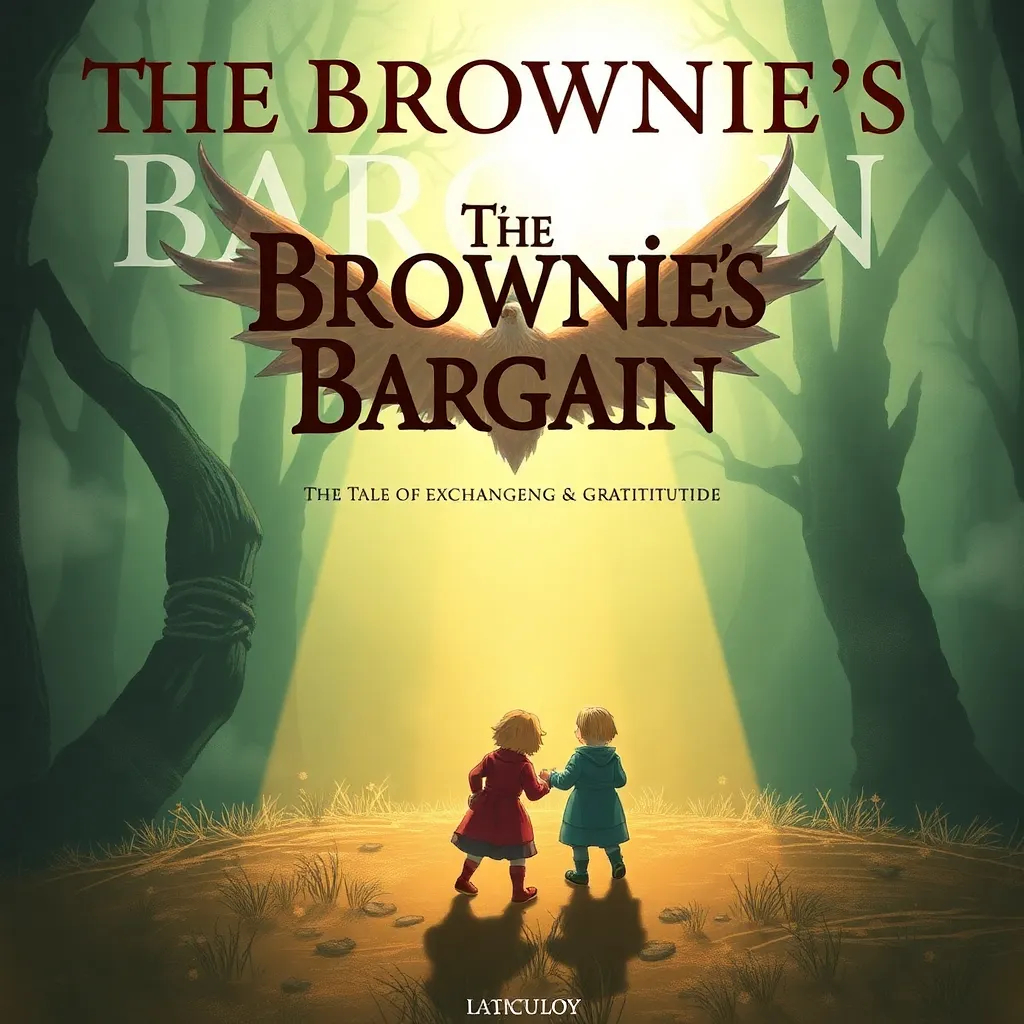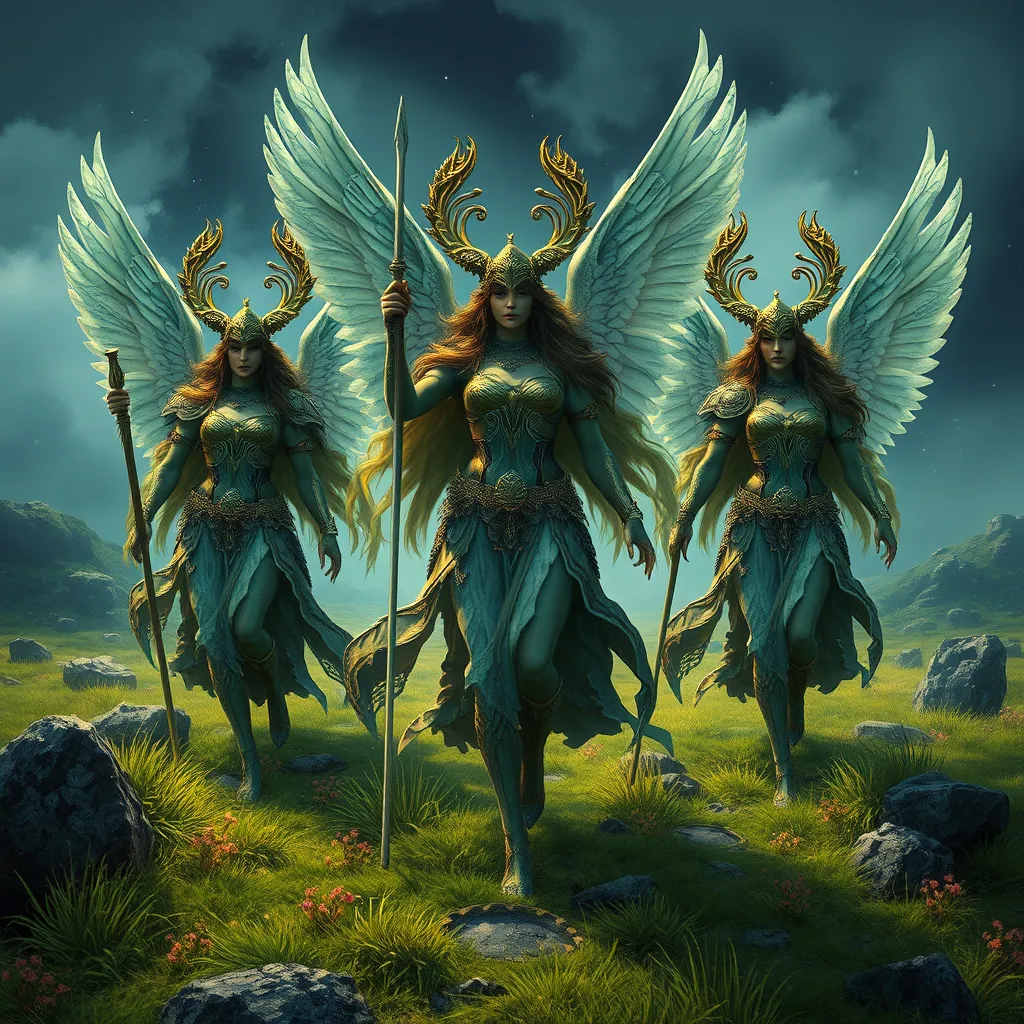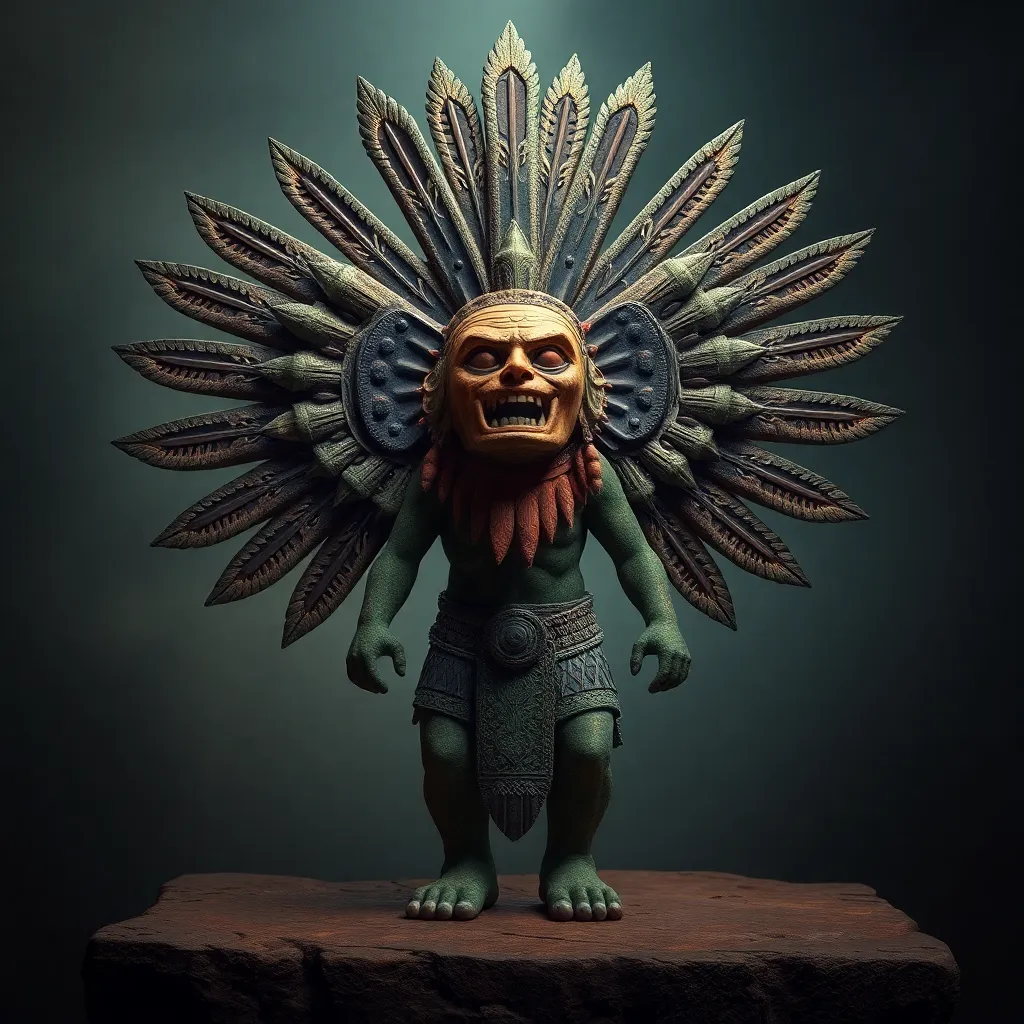The Fiery Guardians: Ifrit in Ancient Mesopotamian Myths
I. Introduction
Ifrit is a captivating mythological figure rooted in the ancient narratives of Mesopotamia. Often depicted as a powerful and fiery being, Ifrit embodies the duality of destruction and protection, making him a fascinating subject of study. Fire, a significant element in Mesopotamian culture, symbolizes both the divine and the destructive forces of nature. This article aims to explore the role and symbolism of Ifrit within the rich tapestry of Mesopotamian mythology, shedding light on his characteristics, cultural interpretations, and enduring legacy.
II. Historical Context of Mesopotamian Mythology
Ancient Mesopotamia, known as the “cradle of civilization,” was home to several advanced cultures, including the Sumerians, Akkadians, Babylonians, and Assyrians. These civilizations flourished between the Tigris and Euphrates rivers, with a history that dates back to around 3500 BCE. Mythology played a crucial role in Mesopotamian society, serving as a means to explain natural phenomena, human experiences, and the relationship between gods and mortals.
Elemental beings, such as Ifrit, were integral to Mesopotamian lore. These figures often represented the forces of nature and were believed to influence human affairs, embodying the complexities of existence.
III. The Nature and Characteristics of Ifrit
Ifrit, derived from the Arabic root “frt,” which means “to burn,” refers to a class of powerful beings often associated with fire and heat. In Mesopotamian mythology, Ifrit is characterized by a range of traits and attributes, including:
- Fire and Heat: Ifrit is primarily associated with flames, often depicted as a creature of fire that embodies both warmth and destruction.
- Duality of Destruction and Protection: While Ifrit can wreak havoc, he is also seen as a guardian figure, capable of offering protection to those he deems worthy.
Cultural interpretations of Ifrit have evolved over different periods, reflecting societal changes and the complexities of human experiences in relation to the elemental forces.
IV. Ifrit in Mesopotamian Literature
Ifrit appears in various key texts from ancient Mesopotamia, including myths, epics, and folklore. Some notable sources that mention Ifrit include:
- The Epic of Gilgamesh
- The Enuma Elish
- Folklore and oral traditions passed through generations
In these narratives, Ifrit often plays a significant role, influencing the actions of gods and humans alike. For example, he might appear as an adversary that heroes must confront, or as a protector that assists them in their quests. The complexity of Ifrit’s character creates parallels with other mythological beings, such as the Greek Prometheus or the Hindu Agni.
V. Symbolism of Fire in Mesopotamian Mythology
Fire held profound significance in Mesopotamian rituals and daily life, symbolizing transformation, purification, and divine presence. Ifrit’s association with fire establishes him as:
- A Symbol of Creation and Chaos: Fire is a dual force; it can create life through warmth and light, yet it can also lead to destruction and chaos. Ifrit embodies this duality, representing the balance between these opposing forces.
- A Metaphor for Divine Power and Wrath: The ferocity of fire reflects the wrath of the gods, serving as a reminder of their power over humanity and the natural world.
VI. Ifrit’s Influence on Later Mythologies
Ifrit’s legacy extends beyond Mesopotamian mythology, transitioning into Islamic and Arabic folklore. In these traditions, Ifrit is often portrayed as a powerful jinn, capable of both benevolence and malevolence. The portrayal of Ifrit in these later narratives includes:
- Similarities: The characteristics of Ifrit as a fire-being persist, maintaining his dual nature of destruction and protection.
- Differences: In Islamic folklore, Ifrit is often depicted more distinctly as a jinn, with a focus on themes of magic and the supernatural.
This evolution demonstrates the adaptability of mythological figures, as Ifrit influences contemporary culture, appearing in literature, film, and art, embodying the timeless fascination with elemental beings.
VII. Thematic Interpretations of Ifrit
Ifrit’s stories convey deep thematic interpretations, including:
- Ifrit as a Guardian Figure: Ifrit often serves as a protector of sacred spaces or individuals, highlighting the theme of guardianship in mythology.
- The Duality of Protection and Destruction: Ifrit exemplifies the fine line between good and evil, reminding us that power can be used for both creation and destruction.
- Lessons and Morals: The narratives surrounding Ifrit often impart moral lessons, teaching respect for natural forces and the consequences of hubris.
VIII. Conclusion
Ifrit holds a significant place in Mesopotamian myths, symbolizing the complex relationship between humanity and the elemental forces of nature. His dual nature as both a guardian and a destroyer reflects the intricacies of existence, making him a timeless figure in mythology. The legacy of Ifrit continues to resonate in modern culture, serving as a bridge between ancient narratives and contemporary interpretations. Preserving these mythological stories is vital, as they offer insights into human nature, cultural beliefs, and the enduring power of storytelling.



